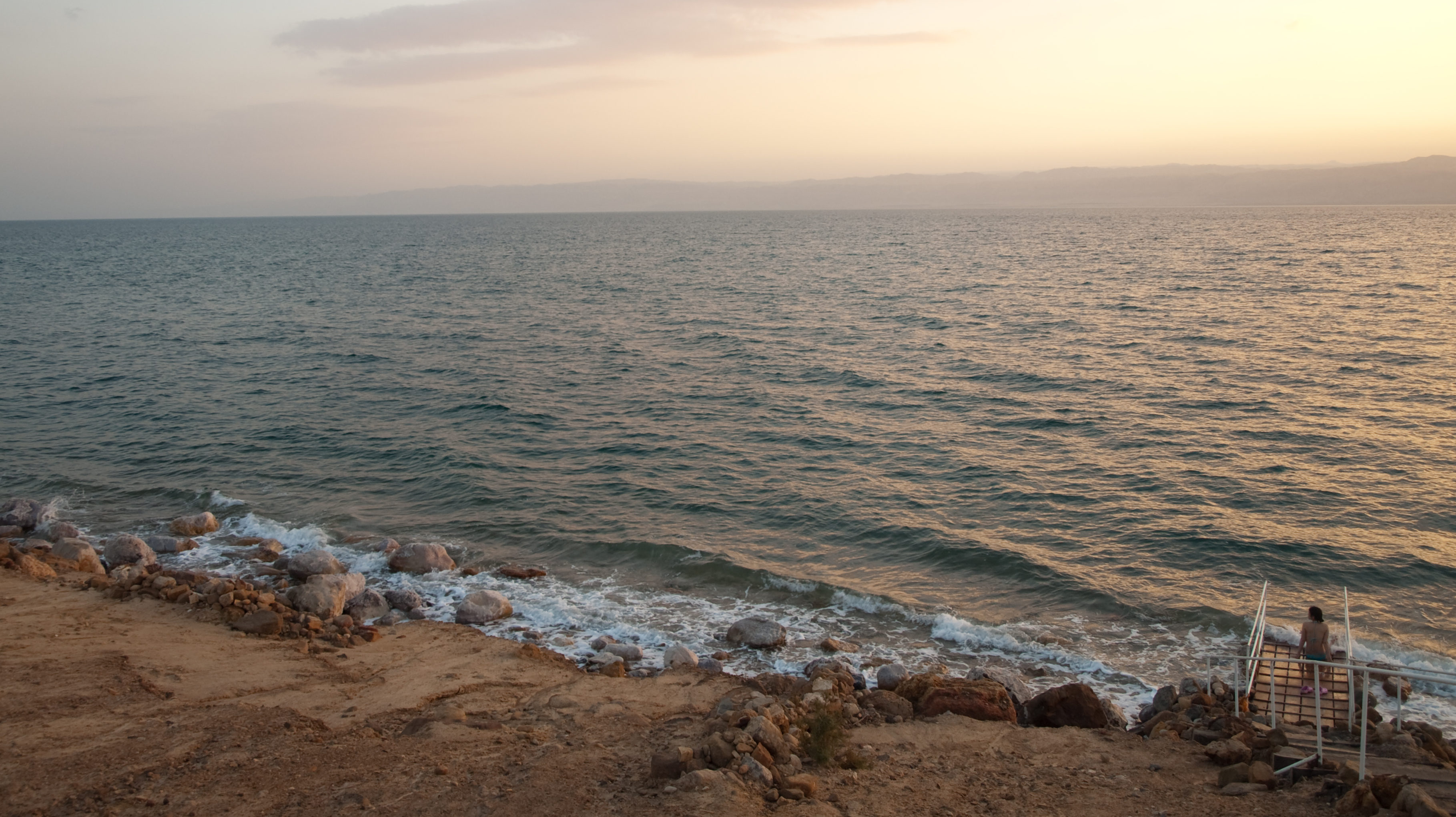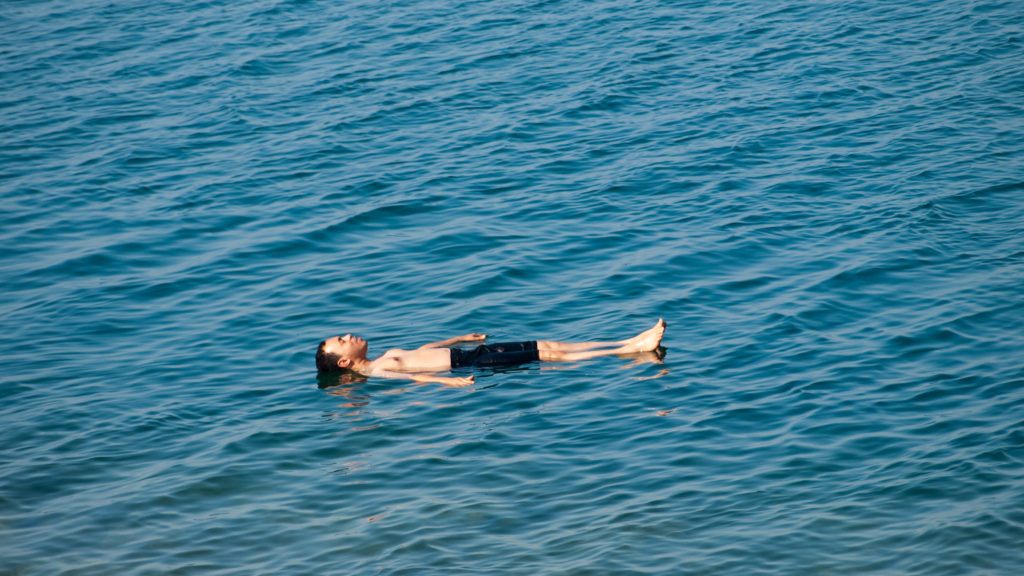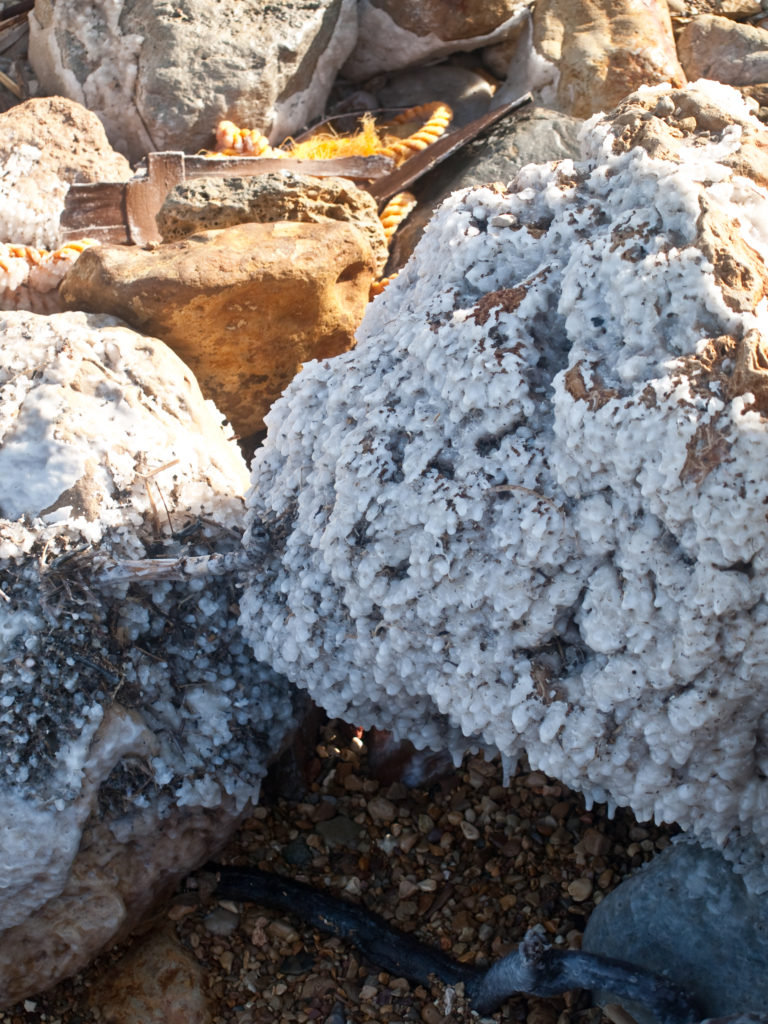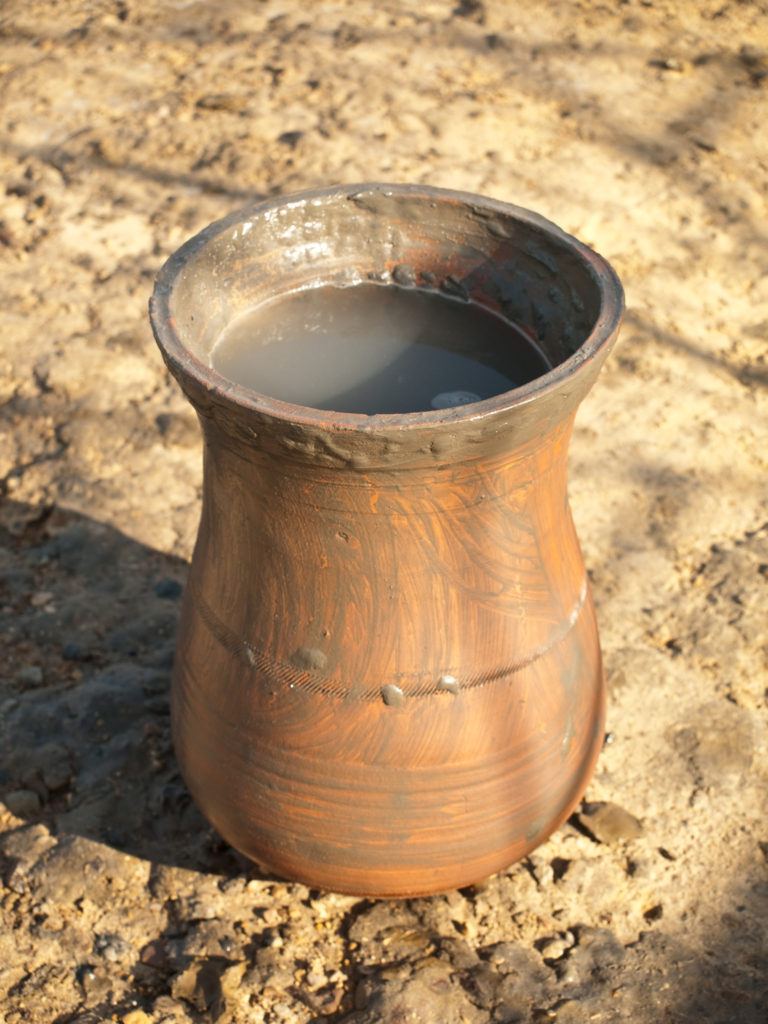Dead Sea Tales

Jordan is one of the most stunning, diverse and intriguing places I’ve ever visited. Here, I write about a trip to the Dead Sea, which appeared on Gq India.
Where I head to the lowest point on earth for a lofty dose of thalassotherapy.
From my perch in Jordan, the east coast of the Dead Sea, I can see the hills of Jerusalem and the West Bank – a staggering view from the lowest point on earth. A near abyss, it lies over 400 meters below sea level. I’m told this vast stretch of saline water is actually a salt lake. One of the world’s oldest health resorts, Herod the Great took long dips in its briny waters. And, the Queen of Egypt, Cleopatra’s incandescent beauty was not only due to ablutions in asses’ milk and honey, but also because of her visits to the therapeutic Dead Sea. Of course, a zealously guarded boudoir secret.

Millions have soaked in the flecked pool for miracle cures. Curiously, the lack of water, rather than its abundance, is of utter significance. Cleaved in the Jordan Rift Valley, the Dead Sea is fed by the Jordan River and a smattering of rainfall. The sun beats down on it for a statistically impressive 332 days a year. Fortunately for sun worshippers, the high atmospheric density lobs off harmful UV rays. The landlocked liquid evaporates, leaving behind a dense brew of salts and minerals; sludge that’s vaunted by the world.

I dip a toe cautiously in its oily, brackish ripples before wading in. Within seconds I’m coated in a viscous film, like a penguin in an oil slick. One must float aimlessly along, nudged hither and thither like flotsam by the waves. Drifting comatose has a practical purpose too. The Dead Sea has a ridiculously high salinity level: it’s about ten times saltier than sea water. Naturally, the acrid pond is devoid of life. I keep my mouth firmly clamped and eyes fixed above, handy prevention against being pickled alive.
Its potent cocktail of minerals lures people in: calcium, bromine, sodium, magnesium and chlorine. A sand-filled board lists the rewards of a dip: pain relief, skin clarity, metabolism boost, and muscle relaxation. It’s a veritable dive into the elixir of youth.

The sea isn’t sole the purveyor of beauty though. The life guard points out to a wedge of beach lying between two sprawling resorts – a turgid grey stain. The Dead Sea mud’s been dredged out from here, and ordinarily costs a mini fortune when packaged and sold. Filling two beachside urns, I scoop out a fistful of mud from the nearest terracotta jar, smearing copious quantities over myself. And with good reason. Its résumé is impeccable, notches above its watery counterpart’s. It tightens skin, code word for flab removal; eliminates wrinkles; protects and repairs skin; amongst other illustrious promises. Excited, I daub on an extra layer for posterity, and, eternal youth.
Dead men tell no tales, but a profound one lurks here. Threatened by humans, the Dead Sea, is, well, dying. Ironically, it’s shrinking and flooding at opposite ends. The water level’s dropping a vertiginous 4 feet a year, and scientists tragically predict it may dry up 2050, unless drastic measures are taken to save it. It’s a snippet of news I take with a pinch of sea salt.
As I leave, butter soft and shiny, the lifeguard hoists a red warning flag on the beach. The Dead Sea, now a tumescent red, froths over the humpy, salt coated rocks lining the shore. It’s astonishingly alive, a whorling sheet of fury, having seen the writing on the wall.

